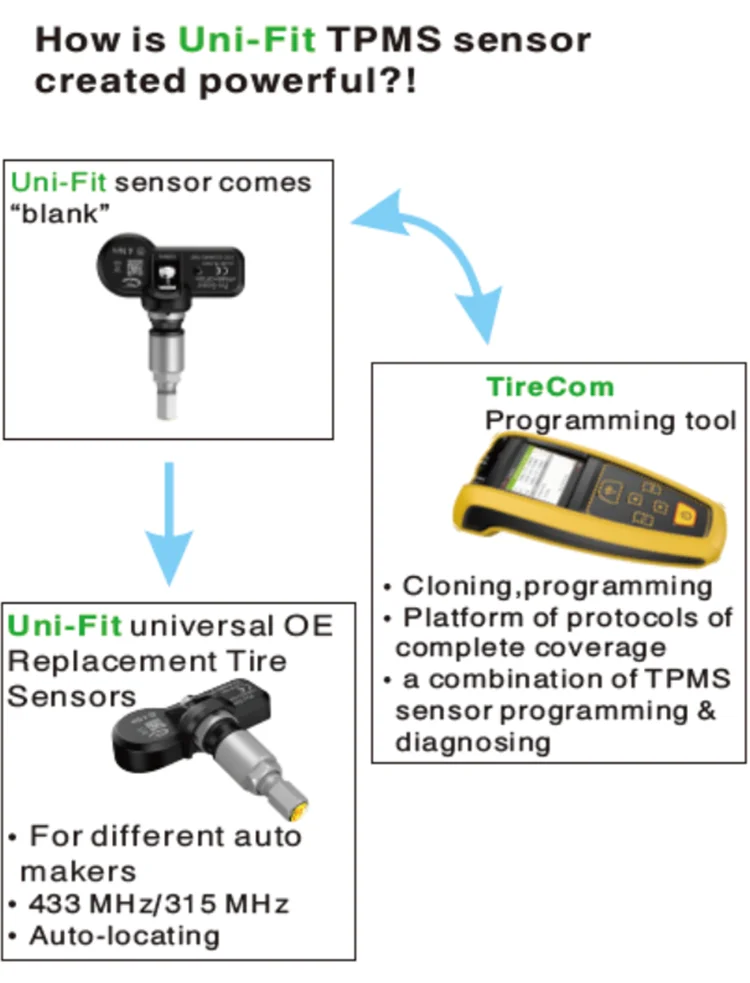Tire pressure sensor guide highlights:
Many drivers worry about big maintenance tasks, but the ‘little’ things are often the most annoying. And sometimes, as I learned after a disastrous spark plug change, they’re the easiest to screw up. Compared to that, dealing with tire sensor problems seems like a cakewalk. However, if you’re dealing with an illuminated TPMS light, know that it’s not as simple as it looks.
Tire pressure sensors aren’t universal2013 Fiat 500 Abarth valve stem type tire pressure sensors | Matthew Skwarczek, MotorBiscuitIf you want to see how inflated or deflated your car’s tires are, you use a tire pressure gauge. Your car’s tire pressure monitoring system (TPMS) has gauges, too, in the form of tire pressure sensors. And thanks to the TREAD Act, if your car is a 2008-or-later model, it has these sensors. But which kind often changes across models and brands.
TPMS tech falls into two categories: direct and indirect. Indirect systems use ABS sensors to measure wheel rotation. If these sensors find one tire is spinning faster than expected, that means it’s under-inflated, which triggers the familiar warning light. In contrast, direct systems rely on individual sensors attached to each wheel. These directly measure the air pressure in a tire and relay that information wirelessly via radio signals to a central module. And if a sensor sees the tire pressure is under the recommended level by 25% or more, it triggers the warning light.
Because these systems are so different, it stands to reason that you can’t replace direct tire pressure sensors with indirect ones or vice versa. However, you also can’t necessarily swap direct sensors between cars.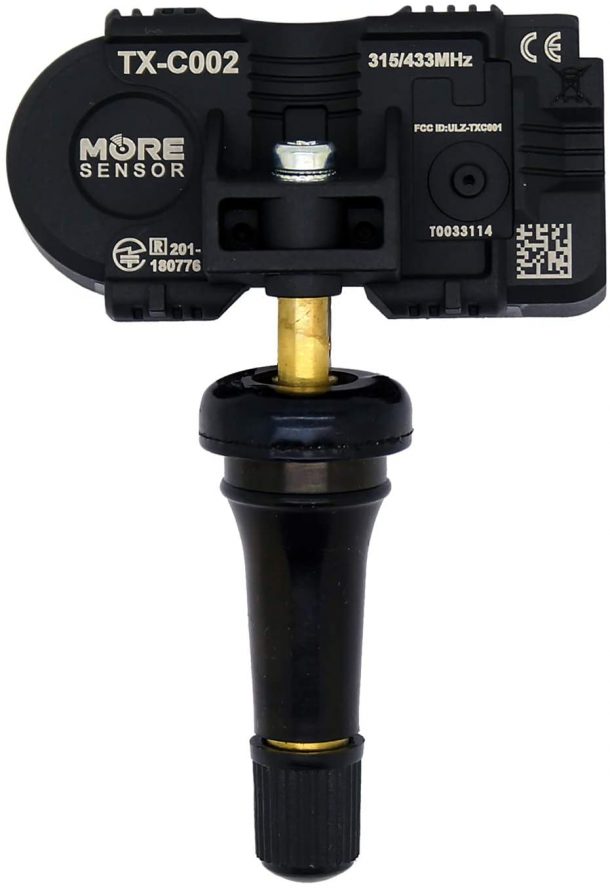 And that’s because there are two direct sensor types, NAPA explains.
And that’s because there are two direct sensor types, NAPA explains.
Some direct tire pressure sensors are the ‘valve stem type.’ As in, they’re basically sensors with valve stems attached. Meanwhile, ‘banded type’ sensors are, well, bands mounted to the wheel 180° across from the valve stems. And again, valve stem sensors aren’t interchangeable with banded ones.
Make sure you have compatible wheelsNormally, drivers only deal with tire pressure sensors if they or the whole TPMS has a problem. Usually, that means a blinking warning light and/or an error message. However, they also become an issue if, like me, you have separate wheel-and-tire sets for winter and summer.
Yes, you can always have one set of wheels and repeatedly swap tires as the weather demands. But removing and installing tires is tough without a dedicated machine. And rather than paying someone multiple times to put the tires on, you only need to pay them once. Well, twice: once in the winter and once in the summer/spring. So, having separate wheels for separate seasons saves time and money.
But removing and installing tires is tough without a dedicated machine. And rather than paying someone multiple times to put the tires on, you only need to pay them once. Well, twice: once in the winter and once in the summer/spring. So, having separate wheels for separate seasons saves time and money.
But if your car has TPMS, you also need a second set of tire pressure sensors. Otherwise, the warning light would stay on all winter. Then you wouldn’t know without checking if your tires are low on air.
Yet there’s another complication here. Technically, aftermarket suppliers aren’t obligated to follow that TREAD Act I mentioned earlier. As a result, not all aftermarket wheels are TPMS-compatible. Admittedly, per the TREAD Act, tire shops are legally obligated to not use aftermarket parts if they would disable the TPMS. But that still doesn’t guarantee that your fancy wheels won’t throw warning lights without additional modifications.
Tire pressure sensor replacement can get expensive, so check part numbers and wireless frequenciesMeasure up.
— GM Genuine Parts & ACDelco (@GMParts_ACDelco) December 31, 2020#ArtOfThePart #TPMS #ACDelco #Gmparts pic.twitter.com/7P4lrJWNj9
That statement flashed into my head when my Fiat 500 Abarth’s TPMS warning light went on after I switched to my summer wheels. But then I remembered I had compatible wheels. At which point, I started thinking about my tire pressure sensors. I’d bought them new from a Stellantis dealership after triple-checking the compatibility, so I thought they’d be good.
As it turns out, they weren’t. When I went to a Fiat dealership to diagnose the problem, it turned out that Stellantis offered two kinds of sensors for my Abarth. One was a so-called ‘value line’ option, while the other was a twice-as-expensive OEM version with a different part number. And after installing the pricier sensors, the light went away.
So, is the lesson here not to buy cheap tire pressure sensors? Well, yes and no. True, cheap parts cost less for a reason. But in this case, the price wasn’t necessarily the culprit. As it turns out, although TPMS sensors communicate via radio frequencies, they don’t operate on the same frequency. It’s possible my Abarth’s module simply couldn’t pick up what the cheaper sensors were sending out. And since it couldn’t ‘hear’ the sensors, it assumed there was a fault and threw up that light.
As it turns out, although TPMS sensors communicate via radio frequencies, they don’t operate on the same frequency. It’s possible my Abarth’s module simply couldn’t pick up what the cheaper sensors were sending out. And since it couldn’t ‘hear’ the sensors, it assumed there was a fault and threw up that light.
Alternatively, it could be that my Abarth’s TPMS is a high-line system and the value sensors were for a low-line one. High-line systems are more expensive but let cars display pressures for individual tires, Edmunds explains. Also, their sensors only transmit information when the car prompts them. Low-line systems, on the other hand, have their sensors transmit at random intervals. They’re cheaper, but they can’t display individual tire pressures. And without careful programming, these sensors can crosstalk.
Regardless, it wasn’t the most expensive goof-up I’ve ever done, but it’s still not fun paying twice for the same part. And even a set of four cheap sensors often costs at least $100, not including installation costs. Learn from my mistakes and save some cash.
Learn from my mistakes and save some cash.
There’s a simpler explanation for my TPMS woes: the tire pressure sensors were dead. Considering I bought them brand new from a Stellantis dealership, I highly doubt that all four would be faulty. But that doesn’t mean sensors can’t go bad over time.
With direct tire pressure sensors, faults are often caused by dead batteries. The batteries typically last a few years, but they’re not replaceable. When one dies, the entire sensor gets replaced.
But other things can cause sensor faults. Extreme cold and heat as well as repeated pothole trauma can damage both kinds of direct sensors. Valve stem types are also susceptible to valve-stem corrosion. Hence why you should always keep the caps on. Furthermore, tire sealants can damage sensors if they’re exposed for an extended period. So, if you use it to temporarily fix a leak, make sure you clean your sensors afterward.
So, if you use it to temporarily fix a leak, make sure you clean your sensors afterward.
Related
If your tire pressure warning light comes on, don’t immediately start sensor shopping. First, make sure that your tires are properly inflated. Then, go for a short drive to let the TPMS reset. Only if that doesn’t do the trick should you start eyeing the sensors as culprits.
Whether you’re replacing old sensors or putting new ones on your second set of wheels, you need to reset your car’s TPMS. If a mechanic is doing the work, they have a special tool for the job. But most cars’ systems automatically reset after you drive a few miles above a minimum speed.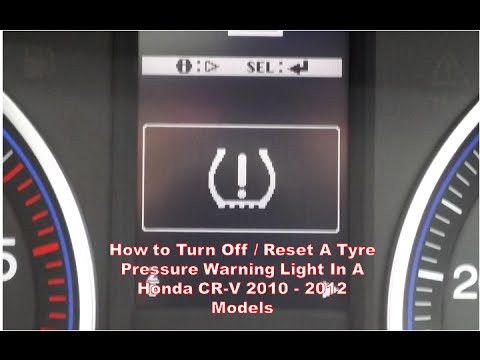 If yours doesn’t after installing new sensors, you might have bigger problems, like a malfunctioning receiver module.
If yours doesn’t after installing new sensors, you might have bigger problems, like a malfunctioning receiver module.
As I said, tire pressure sensor replacement isn’t as straightforward as it looks. But if you pay attention to what your car needs, it’s not something you have to worry about. And hey, even if it breaks, checking your own tire pressure isn’t that big of a hassle.
Follow more updates from MotorBiscuit on our Facebook page.
Calculate Out-The-Door Price
close
× ‹
All fields are required
Submodel
Select TPMS OptionTPMSTPMS: NOTPMS: YES
WHAT IS TPMS?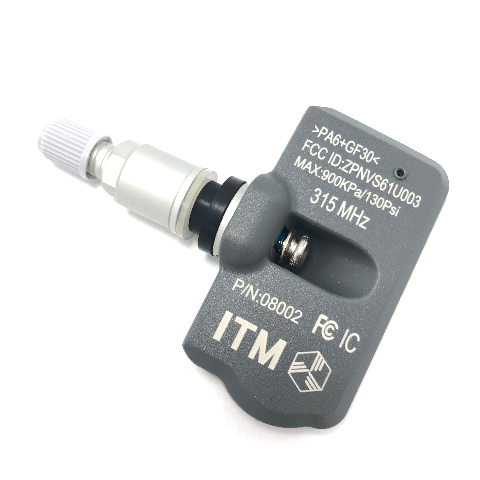 ">What's this?
">What's this? Enter Zip Code WHY DO WE ASK ABOUT YOUR ZIPCODE?
ZIP code is needed for local pricing.">Why?
Cross Section
Aspect Ratio
Rim Diameter
Enter Zip Code Why?
4700 N Brandywine Dr
Peoria, IL
309.340.4981
Most stores are open nights and weekends
Directions
Store Hours:
| Day(s) | Hours |
|---|---|
| MON-FRI: | 7:00am-7:00pm |
| SAT: | 7:00am-6:00pm |
| SUN: | 9:00am-5:00pm |
Store Details Change Store Find a Store
Schedule An AppointmentLearn more about Oil Changes
4700 N Brandywine Dr
Peoria, IL
309.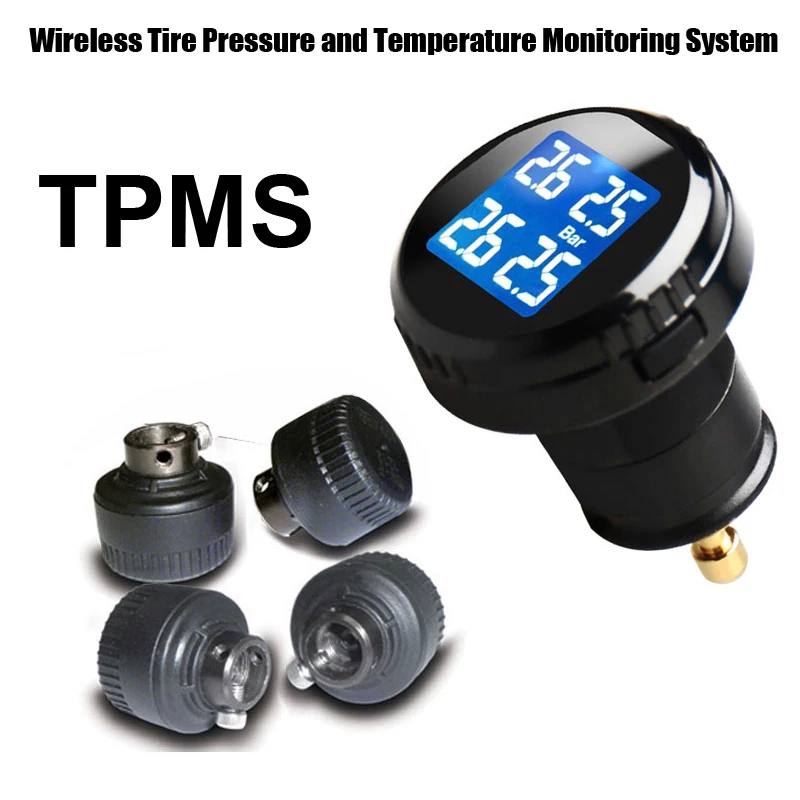 340.4981
340.4981
Most stores are open nights and weekends
Directions
Store Hours:
| Day(s) | Hours |
|---|---|
| MON-FRI: | 7:00am-7:00pm |
| SAT: | 7:00am-6:00pm |
| SUN: | 9:00am-5:00pm |
Store Details Change Store Find a Store
Schedule An AppointmentLearn more about Brake Service
All fields are required
Engine
Enter Zip Code Why?
All fields are required
Submodel
Enter Zip Code Why?
The National Highway Traffic Safety Administration (NHTSA) requires all vehicles made after 2007 to come equipped with a Tire Pressure Monitoring System (TPMS) warning system. The TPMS light on your dash is a safety device that wirelessly monitors tire pressure through a sensor in your tires and the valve attached to it. If your TPMS light comes on, it’s telling you something— don’t ignore it!
The TPMS light on your dash is a safety device that wirelessly monitors tire pressure through a sensor in your tires and the valve attached to it. If your TPMS light comes on, it’s telling you something— don’t ignore it!
Schedule An Appointment
If your TPMS light blinks 3-5 times and then turns solid, your system is malfunctioning and requires some type of service. One or more of your TPMS sensors are not communicating with the system.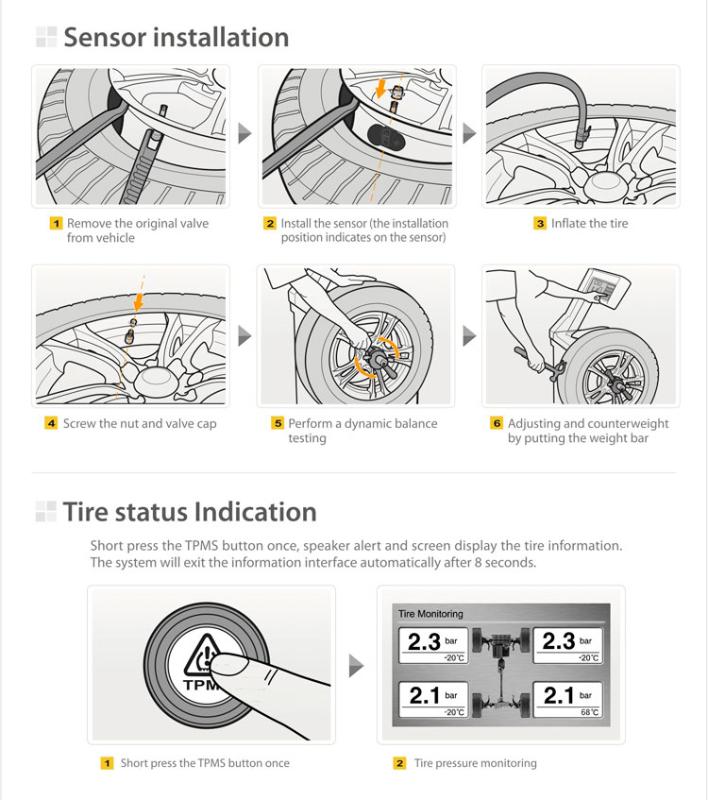
If your TPMS light illuminates and remains sold, you have a pressure issue inside your tires based on the manufacturer’s recommended tire pressure. You can find the recommended tire pressure on the tire placard sticker, located on the driver’s side door jamb or on the gas tank door.
TPMS sensors are battery powered and last 7-10 years and/or 100,000 miles. The battery inside the sensor isn’t replaceable, so when you have one sensor replaced due to battery failure, it’s recommended you replace all four sensors.
A proper TPMS service requires a special tool and a reset of the sensor system in your vehicle, so make sure a professional mechanic, like your trusted technician at Tires Plus performs this service. You can rest easy knowing Tires Plus only carries the highest standard TPMS sensors that work with nearly all of the vehicles on the road, so we have you covered.
Maintaining the TPMS tire valve is also very important in preventing air loss that could cause the solid light to come on. Your TPMS sensor comes equipped with a metal or rubber valve stem, and each valve has specific components that need to be replaced each time you have new tires installed or during a tire repair. Ask a teammate for more details.
Your TPMS sensor comes equipped with a metal or rubber valve stem, and each valve has specific components that need to be replaced each time you have new tires installed or during a tire repair. Ask a teammate for more details.
Schedule An Appointment
1Source: National Highway Traffic Safety Administration, Tire Fuel Efficiency Consumer Information Program
{{storeNumber}}
{{storeName}}
{{link-icon "Call Us" mobileCallLink null "call-cta"}} {{link-icon "Directions" directions "_blank" "directions-cta"}}
{{address}}
{{city}}, {{state}} {{zip}}
{{#if activeFlag}} {{#ifCond mystore "or" myPreferredStore}} {{#ifCond storeType 'eq' "TPL"}}
*Call store for appointment {{phone}}
{{else}} {{#if onlineAppointmentActiveFlag }}
{{#if myPreferredStore}}
{{else}}
*Call store for appointment {{phone}}
{{/if}} {{/ifCond}} {{else}} {{#ifCond storeType 'eq' "TPL"}}
*Call store for appointment {{phone}}
{{else}}
Schedule Appointment {{#if onlineAppointmentActiveFlag}} {{else}}
*Call store for appointment {{phone}}
{{/if}}
{{/ifCond}} {{/ifCond}} {{else}}
*Temporarily Closed Due To: {{temporarilyClosedReason}}
{{/if}} {{#if isMilitaryStore}}
*This location is on an active US military base. You may need military ID to access the location.
You may need military ID to access the location.
{{/if}}
{{#ifCond count 'eq' "3"}} Show More Stores {{/ifCond}}
TPMS equipment is a useful option that is equipped with modern cars. TPMS monitors the tire pressure and signals the change in the parameter to the on-board computer.
If such equipment is installed on your car, this is not an obstacle to fast and high-quality tire fitting. But it is difficult to cope with this task on your own, since the use of specialized equipment is required. To the question of how to tire with pressure sensors, the answer is simple - visit Tuningberg LLC, where experienced craftsmen will perform the work in the shortest possible time. Our mechanics visually determine the presence of control equipment, but it is safer to warn about the gadget in advance, since the sensors are very fragile and prone to breakage.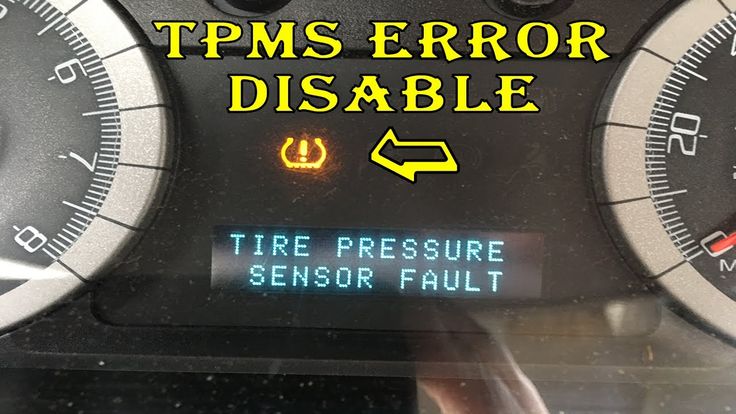
Control and measuring devices are made of two types: external and internal.
When replacing wheels, increased accuracy is required, which will be provided by our masters.
The installed pressure sensor is not a serious obstacle, but requires precautions when mounting or dismantling the rubber.

During the process, it is unacceptable to apply external influence to the device. From the description it is clear that it is impossible to carry out work without having the skills and without the use of specialized equipment.
If your car is equipped with such equipment, be sure to contact a car service to reinstall seasonal tires. The question arises whether it is possible to install devices on both sets of wheels and replace them yourself. No, it causes difficulties.
No, it causes difficulties.
After installing the wheels, the computer does not perceive the signal, and this is normal, since the cars standing nearby will transmit information that does not correspond to reality, therefore, recoding of the control equipment is required. This operation is carried out quickly:
After that, the circuit returns to normal and functions properly.
Our company employs qualified mechanics with extensive experience in tire fitting of wheels equipped with pressure sensors.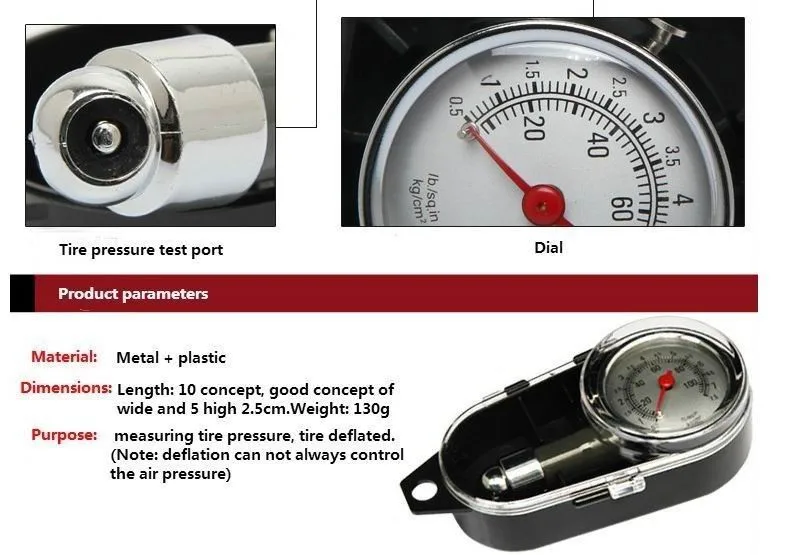 They use modern high-tech equipment and follow the recommended work steps exactly. As a result, our customers are protected from marriage and breakdowns.
They use modern high-tech equipment and follow the recommended work steps exactly. As a result, our customers are protected from marriage and breakdowns.
Independent work can lead to malfunctions of complex equipment, the elimination of which will require time and additional costs.
Call and come. The employees of Tuningberg Ltd. are ready to cope with the most difficult problem. Our company is a reliable and responsible partner.
array ( [ID] => 59[~ID] => 59 [IBLOCK_ID] => 6 [~IBLOCK_ID] => 6 [NAME] => How to tire change tires with pressure sensors [~NAME] => How to tire change tires with pressure sensors [PREVIEW_TEXT] =>
Installed tire pressure sensors can complicate self-mounting tires, as the whole procedure for changing tires will change a little. In this article, you will learn how professionals carry out tire fitting of wheels with pressure sensors and what nuances you should pay attention to. And also why it is better to turn to professionals, and not try to do it yourself.
In this article, you will learn how professionals carry out tire fitting of wheels with pressure sensors and what nuances you should pay attention to. And also why it is better to turn to professionals, and not try to do it yourself.
[~PREVIEW_TEXT] =>
Installed tire pressure sensors can complicate self-mounting tires, as the whole procedure for changing tires will change a little. In this article, you will learn how professionals carry out tire fitting of wheels with pressure sensors and what nuances you should pay attention to. And also why it is better to turn to professionals, and not try to do it yourself.
[PREVIEW_PICTURE] => 604 [~PREVIEW_PICTURE] => 604 [DATE_CREATE] => 19.10.2020 18:50:49 [~DATE_CREATE] => 10/19/2020 18:50:49 [DATE_ACTIVE_FROM] => 01/08/2021 19:37:00 [~DATE_ACTIVE_FROM] => 01/08/2021 19:37:00 [PREVIEW_TEXT_TYPE] => html [~PREVIEW_TEXT_TYPE] => html )
Car service "Your Wheels" sells tire pressure sensors in Moscow. Car owners living in CJSC, SEAD, SZAO can purchase TPMS systems with turnkey installation. The profile masters of our service at low prices will perform the installation of meters with registration of sensors in the on-board computer. This service can be used provided that the use of a device for monitoring air pressure is provided by the manufacturer of a particular modification of the car.
Car owners living in CJSC, SEAD, SZAO can purchase TPMS systems with turnkey installation. The profile masters of our service at low prices will perform the installation of meters with registration of sensors in the on-board computer. This service can be used provided that the use of a device for monitoring air pressure is provided by the manufacturer of a particular modification of the car.
The TPMS system is a set of sensors with a signal receiver and a control unit designed to monitor tire temperature and pressure. Information to the driver is displayed on the dashboard or in the form of separate indicators. The design of the sensors, which are the key elements of the system, includes several components: a transmitting antenna, a battery, a tire pressure and temperature gauge.
Depending on the installation option, you can buy sensors of the following types:
 Screw on instead of caps. When the pressure changes, a special valve moves. Control by the color of the outer surface: "normal" - green, "need to pump up" - yellow, "very low" - red.
Screw on instead of caps. When the pressure changes, a special valve moves. Control by the color of the outer surface: "normal" - green, "need to pump up" - yellow, "very low" - red. Replacement of the pressure gauge is required in case of mechanical damage or exhaustion of the resource assigned by the manufacturer. Service life, as a rule, does not exceed 10 years. During intensive operation with maximum loads or under extreme conditions, this period is 1.5–2 times shorter.
Decrease in pressure in tires below the set one leads to an increase in the resistance of the wheels to rolling.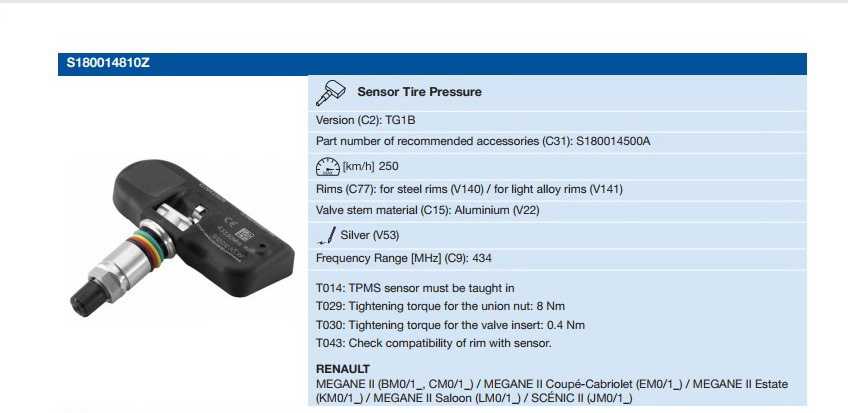 As a result, tire wear and fuel consumption increase with deterioration in handling. In emergency cases, it is possible to rotate the tire on the disk or stall. The purchase of TPMS sensors will allow you to constantly receive information about the condition of the tires in order to respond to problems in a timely manner to prevent accidents related to rubber damage.
As a result, tire wear and fuel consumption increase with deterioration in handling. In emergency cases, it is possible to rotate the tire on the disk or stall. The purchase of TPMS sensors will allow you to constantly receive information about the condition of the tires in order to respond to problems in a timely manner to prevent accidents related to rubber damage.
Advantages of sensors supplied by our company:
We have a large selection of certified components from trusted manufacturers with a guarantee. All work is carried out by specialized craftsmen with experience. Before changing the sensors, a free diagnostic is carried out.